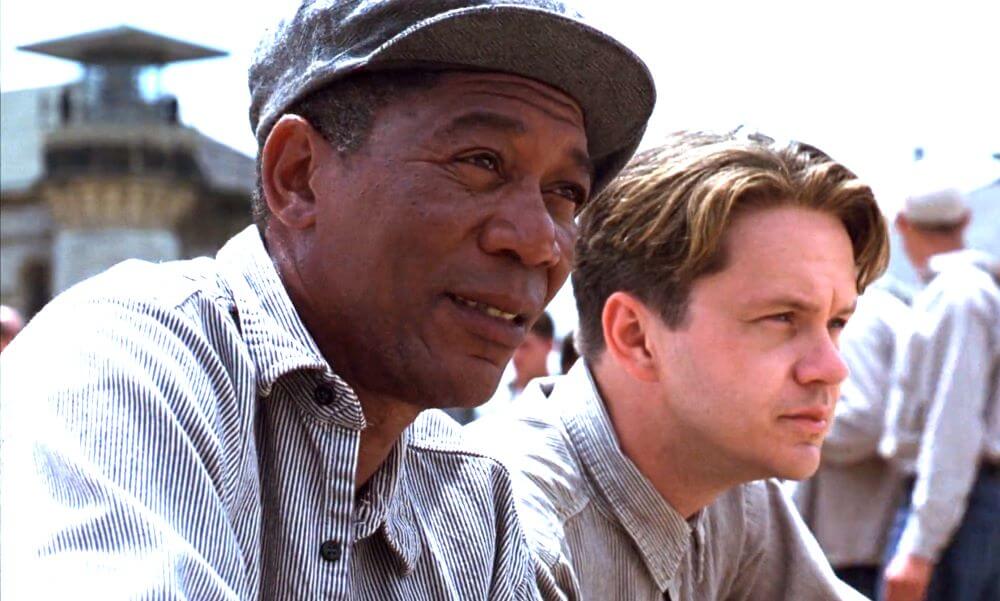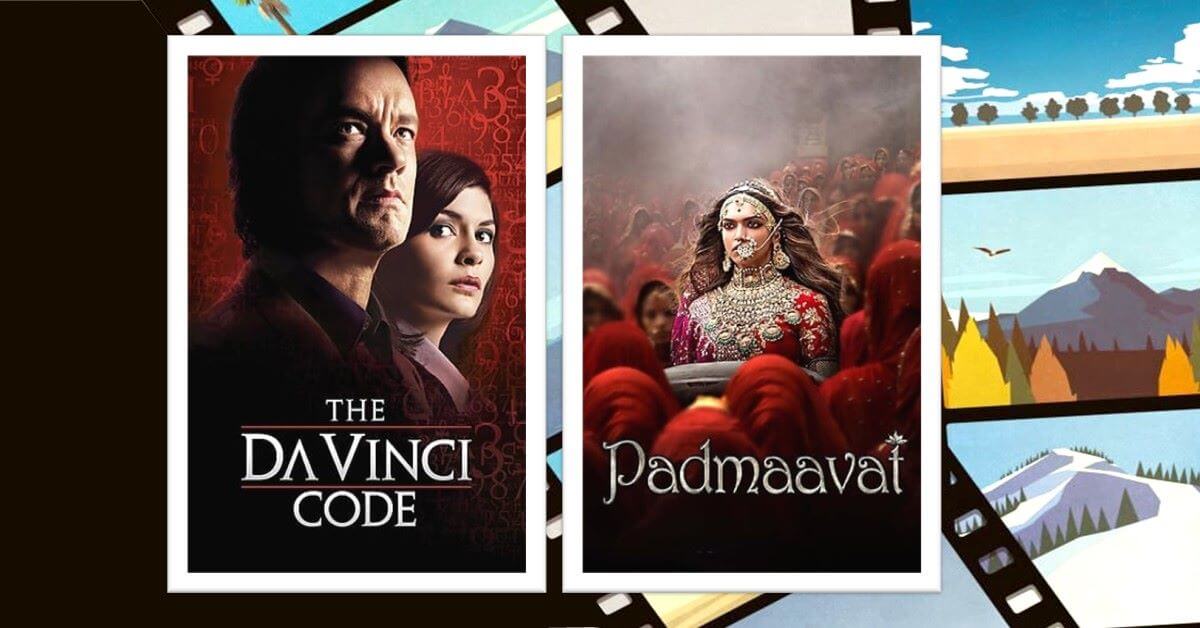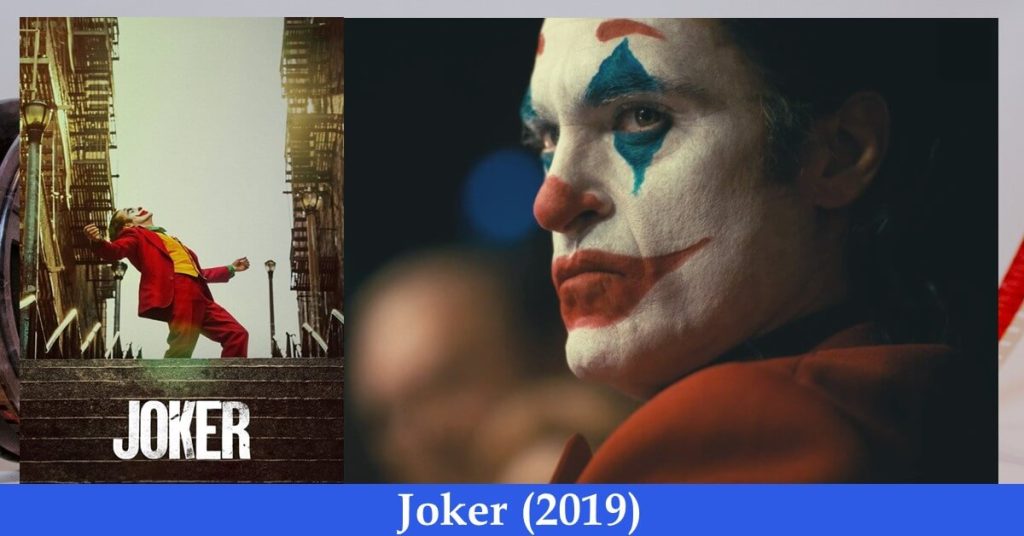Last updated on September 19th, 2023 at 08:49 pm
The Shawshank Redemption 1994 sheds light on one’s institutionalization in institutions like a prison and the hope that one can retain even when one has to live in a hellish situation.
Based on Stephen King’s novella, Rita Hayworth and Shawshank Redemption, and directed by Frank Darabont, The Shawshank Redemption is a prison film about a young and successful banker, Andy, who was wrongly convicted for murdering his wife and her lover due to lack of evidence of an alibi.
It is about how strong a force of hope can be in the face of harsh situations like that of the Shawshank Prison.
The 2008 TV Series Prison Break and the 2017 film A Prayer Before Dawn depicts the struggle for freedom from prison. In Prison Break, where a brother, Michael, intentionally robbed a local bank to go to prison where his elder brother, Lincoln, was serving his life term, though wrongfully convicted, he saved his brother from execution and bought him out by digging a tunnel through the prison wall.
His hope of giving Lincoln freedom by breaking him out was extraordinary while in A Prayer Before Dawn an American boxer who ended up in a cruel Thai prison had to gain his freedom by fighting for survival.
Starring Morgan Freeman as Ellis Red, Tim Robbins as Andy Dufresne, Bob Gunton as Samuel Norton, Clancy Brown as Captain Hadley, and others, and narrated by Morgan Freeman, The Shawshank Redemption is one of the 100 best movies of 100 years of American Film Institute, was included in the Complete National Film Registry Listing of the Library of Congress in 2015, and one of the Top 100 Greatest Movies of All Time by IMDB. It is also one of the 101 best films I have been reviewing with insight.
Storyline: The Shawshank Redemption
A Portlander brilliant banker, Andy Dufresne, was convicted of two term life sentences in the Shawshank State Prison for killing his wife and her lover in 1947. Though pleaded not guilty he was incarcerated, anyway. In the prison, he came to know an inmate serving life term and a contraband smuggler, Ellis Red. Remaining quiet and undisturbed for a month, Andy, at last, opened his mouth to Red.
From Red, he asked for a six-inch rock hammer and a poster of Rita Hayworth which Red procured later for Andy. Red knew that Andy was thinking of escaping plan by digging a hole in the wall which Red thought would take 600 years for Andy with the size of a six-inch rock hammer.

However, when assigned to the prison laundry, Andy faced sexual assaults by a homosexual group of cons called the Sisters, especially by Bogs Diamond. Sometimes he could ward them off, sometimes could not.
In 1949 while tarring the prison roof in a group of 12, Andy overheard the guard captain, Byron Hadley, talking about the high text of 35,000 dollars that his brother left him when died. Andy assured him of legal assistance and tax shelter and transferring the money in his wife’s name but as wage, he just asked for 3 beers apiece for his co-workers.
Another day when the Sisters attacked Andy and nearly killed him, Hadley beat Bogs so badly that he was never able to attack and walk again, and was transferred to a different prison later. Because of Andy’s banking skills, the prison warden Samuel Norton met him and assigned him to the prison library to help the elderly librarian, Brooks Hatley. Andy was also offered to help the Warden to launder money and keep an account of his bribed money.
Andy helped the guards of the prison in financial matters. And once took charge of the library, he kept on writing letters to the legislator asking for funds to buy more books to improve the delipidated condition of the library.
This endeavour came to fruition when money, books, and other sundries came rolling into the prison, including a record player and a record which Andy played defying rules, on the public addressing system for which Andy was sent to solitary confrontment.
Brooks one day held a knife on the throat of an inmate, Heywood, when he came to congratulate him on his parole. Because he did not want to be paroled, Brooks said “it is the only way they let me stay here”.
Anyway, Brooks was paroled in 1954 after 50 years of imprisonment. But because he was unable to adjust to the outside world, he committed suicide in his room. Norton began exploiting the public works in the prison, profiting from the underpayment of skilled labour and bribery.
While keeping his account, Andy created an account under a fictitious name, Randal Stevens, and patiently deposited the laundered money into that account. Later, When Andy broke out of prison, he went to the bank as Randal Stevens to withdraw the money and got away to Zihuatanejo, Mexico.
Later in 1965, a spirited young man named Tommy Williams came to Shawshank as a prisoner for burglary. With the help of Andy, Tommy was able to pass his high school equivalent degree. One day Tommy revealed to a small circle of inmates that he heard his cellmate in another prison saying to have claimed the responsibility for killing the wife of a banker and her golf-pro lover for which Andy was wrongly convicted.
Then Andy told the Warden for a retrial of his case only to be refused. But when Andy mentioned his laundered money that he will not open his mouth about if he is exonerated, infuriated Norton, sent Andy to solitary confinement for a month and one more month for refusing to help him with his corrupt activities, during which Norton had had Tommy killed under the pretext that he attempted to escape.
After the confinement, Andy confided with Red about going to a Mexican Pacific coast town, Zihuatanejo which Red thought a pipe dream. He additionally told Red that if he ever gets out of the prison, he will have to do a favour by collecting a package he hid under an oak tree in Maine, Buxton, where Andy proposed to his wife and made their first love.
The next day, during the roll call, the guards and Warden discovered Andy’s empty cell. Norton discounted that Andy escaped through the tunnel he dug under the poster of the beautiful woman hanging on the cell wall. Red narrated that it took Andy less than 20 years to dig the tunnel through the wall connecting the sewage pipe.

Andy escaped the prison the previous night with Warden’s shoes, suit and the book that contained evidence of money laundered by Norton. Andy crawled a 500-yard-long sewage pipe to his freedom.
After that, he went to the Maine National Bank as Randal Stevens and withdrew 370,000 dollars of Warden’s money from different banks. And mailed the papers related to corruption and murder at Shawshank to a local newspaper. State police arrived at Shawshank and took Hadley into custody, while Norton commits suicide to avert arrest.
Red was paroled the next year after serving 40 years. He too struggled to adjust to the outside life and was afraid that he never will. As he promised to Andy, he visited Buxton and found the package in the stones where there were monies and a letter inviting him to Zihuatanejo. Violating the parole, Red went to Forth Hancock and crossed the border into Mexico where he found Andy. The two reunited happily.
Observations
Among numerous things, two things in The Shawshank Redemption struck my mind: Institutionalization and the prospect of hope. It is a movie about hope for those who love to see light where it is unexpected or while one is adjusting to hell around him. Prison, the worldly dimension of hell, can be a place to choose the meaning of life, and when a positive and optimistic view can still be maintained within ourselves without being permanently conformed to the evil of the circumstances.
To make sense of ‘institutionalization’, Red, an old hand, rationalize the action of old Brooks who put a knife on Heywood’s throat so the prison authority let him stay instead of awarding him with parole. Red said Brooks did that because inside the prison he is an important and educated man with respect, while outside he is nothing.
After 50 years of serving, he wanted to avoid parole fearing that he would not be able to adjust the outside world. In Red’s words, “These walls are funny. First you hate ‘em, then you get used to them. Enough time passes, you get so you depend on them. That is institutionalised.”
Eventually, when paroled, Brooks could not conform to the real world outside the prison. When paroled, he found the external world unliveable, unlovable, hopeless, honourless, valueless, unappealing, and bored with the freedom which led to him taking his own life by hanging.
Get busy dying or get busy living.
The Shawshank Redemption quote
Oxford Dictionary of Sociology defines institutionalization (institutionalisation) as “the adverse psychological effects on individuals of residence in long-stay organizations such as mental hospitals and prisons. The most frequently mentioned effects of it are dependency, passivity, and lethargy, though their precise causes are debated. These effects are sometimes termed institutionalism”.
Though Brooks released Jack, a bird that he raised inside the prison, one day before his parole, got back to prison where it was fed and institutionalized, and a week later it was found dead outside. When Andy talked about his dream of starting a hotel in Mexico, Red said, “I’ve been in here most of my life. I’m an institutional man now”. Red totally content with what he was inside the prison.
I heard of some people who prefer recidivism because inside a prison whatever is given to them is given unconditionally. Prison is their home, and prisoners are their families where they feel cared for. At least, for them, two things are secured: food and shelter for which they have to toil, and adjust to a new society, new people and new world as a whole.
Yuan-yuan Peng says, “in The Shawshank Redemption, the institution refers to the fixed prison institution, and institutionalization refers to a process of rigidifying prisoners’ behaviours, thoughts and mindsets in some imperceptible constraint mechanisms.
In this process, the prisoners are forced to change their original behaviours, thoughts and ideas, and begin to accept, get used to and even depend on the current situation little by little. As a result, they become obedient to such prison management. They don’t want or dare to change their realistic conditions, but have to depend on them for survival.”
Not only Brooks who was institutionalised at the Shawshank, Red also could not think anything beyond the wall of the prison. After a few tries for parole, he ultimately gave in to the rules set by the authority and when confronted by the parole board, he said he does not care anymore if they grant him parole or not. It does not make any difference.
He too had difficulties, when was paroled, in the real world in adapting himself. But instead of committing suicide, he really wanted to have freedom by breaking parole rules by keeping his promise to Andy by crossing the border to reach him.
BBC reports a survey about how long-term incarceration can change people psychologically. We used to believe that our personality remains largely fixed in adulthood. But the recent researches say that instead of our stable habit of thought, our behaviour and emotion change significantly–especially in response to the different roles that we adopt as we go through life.
The personality changes include lack of free choice, lack of privacy, daily stigma, etc. Psychologists and criminologists call the difficulties to adapting to their environment, “prisonisation” while they also found the old prisoners to have developed “institutionalised personality traits, distrusting others, difficulty engaging in relationships hampered decision-making”.
This is what Red faced, when he was employed in a store where he asked for permission to go to urinate every time. They all of sudden find that things are done differently in the real world, outside the prison.
On the other hand, Andy conformed to the institutionalization, but he found meaning in doing so. He kept hope with him as a rudder to be navigated. He did not revolt against his fate unreasonably, inconsiderably and irrationally. Red narrates Andy, “He strolled like a man in a park, without a care or worry in the world. Like he had on an invisible coat that would shield him from this place.”
He was not afraid of adapting himself to a new setting which the new inmate Fat Ass could not. He cried ‘mommy’ and complained that he had been done an injustice. Guards had to face him. They brought him out of the cell and bit him so badly that he died of a haemorrhage.
Hope is a good thing. Maybe the best of things. And no good thing ever dies.
The Shawshank Redemption quote
The Shawshank Redemption is about the hope that helps us live in a hellish situation where things seem indivisible, pain is inevitable and the situation is everchanging. Though wrongly convicted, Andy had always had hope of a silver lining, music, art and a ray of sunshine when things like that are highly unlikely.
Not only did he choose to react positively to the situation, he also used his financial skill to turn the situation in his favour. Understanding the environment helped him to control it.
Because of his cool attitude and selfless help the prison official endeared Andy. Hope and a benevolent attitude propelled him to help Tommy and dozens of others to get their high-school diploma, procured funds for the library and changed a mall prison room into the best prison library in England.
Andy dug the tunnel through the prison wall in less than 20 years which to Red seemed to take 600 years and crawled down 500 yards of sewage pipe to freedom. Hope is the root of freedom.
Victor Frankl said, no situation, no matter how worse they are, can deprive our lives of meaningless, our lives cannot cease to have their meaning in any situation. We always have the right to react to situations. A right that none and nothing seize from us. Though it depends on us how we react to the situation we are placed in.
Nothing is fated. Our reaction decides whether we are to “get busy dying or get busy living”. Once we realise the meaning of suffering, we find meaning to life in suffering also. According to Frankl, finding the meaning of life in suffering is living with hope.
Even Red rejected the idea of hope when Andy said “there’s something inside that they can’t get to that they can’t touch”, Red replies, “Let me tell you something, my friend. Hope is a dangerous thing. Hope can drive a man insane. It’s got no use on the inside. You’d better get used to that idea”.
Andy was the man who tried to spread hope in every soul of the Shawshank. In the letter he left for Red he said, ” Remember, Red, hope is a good thing. Maybe the best of things. And no good thing ever dies”.
Conclusion
Although a situation is responsible for ceasing us of our hope or institutionalizing our mind, losing hope and an inflexible and inadaptable mind tend to invite death first of all things. The Fat Ass new inmate who came with Andy was to do so.
Victor Frankl realised during his stay in the Nazi Concentration camps that the people who gave up hope were to be finished first. I think this is what also Darwin meant to say, “survival of the fittest”. Brus Lee said, “adapt or be destroyed”, meaning have hope or be destroyed.
True that solitary confinement disorients our sense of time and space, still a section of Koreans is in search of peace in self-solitary confinement in prison. However, The Shawshank Redemption sheds light on many human behaviours, especially when they are confined in unexpected time and space.
The biggest riddle it throws at me is, does imprisonment can correct and rehabilitate and change people for the better or does it just render them unproductive, and useless by taking their prime moments away from their life? Or else why does recidivism, going back to prison, happen? And why prisons are still the cruellest places on earth?






